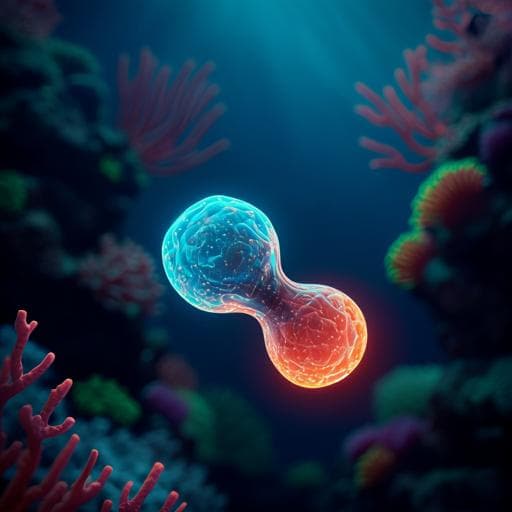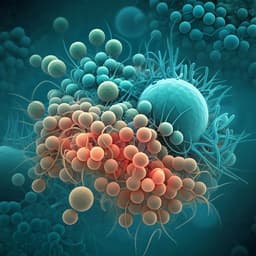
Medicine and Health
Discovery, total syntheses and potent anti-inflammatory activity of pyrrolinone-fused benzoazepine alkaloids Asperazepanones A and B from *Aspergillus candidus*
L. Xu, F. Guo, et al.
Discover the groundbreaking findings of Li Xu, Feng-Wei Guo, Xue-Qing Zhang, Tian-Yi Zhou, Chao-Jie Wang, Mei-Yan Wei, Yu-Cheng Gu, Chang-Yun Wang, and Chang-Lun Shao, who isolated two novel pyrrolinone-fused benzoazepine alkaloids from a coral-derived fungus. With potential anti-inflammatory properties, these compounds could lead to new therapeutic avenues.
~3 min • Beginner • English
Related Publications
Explore these studies to deepen your understanding of the subject.







